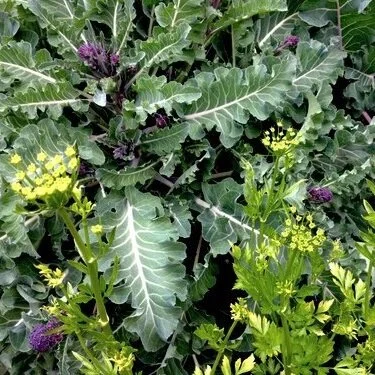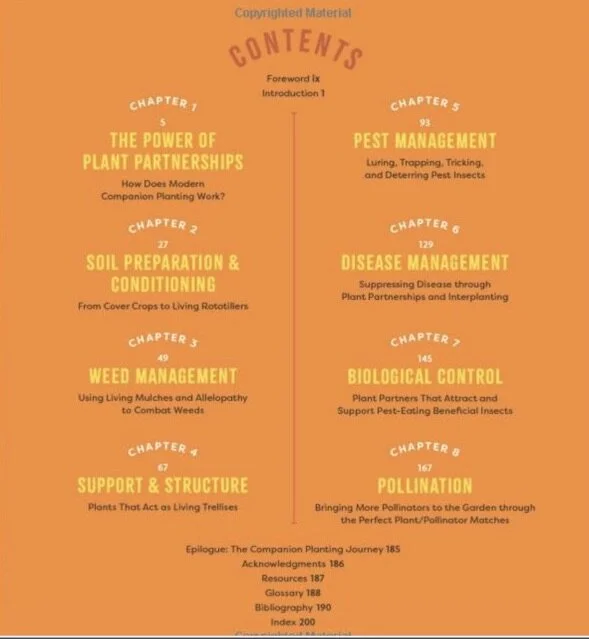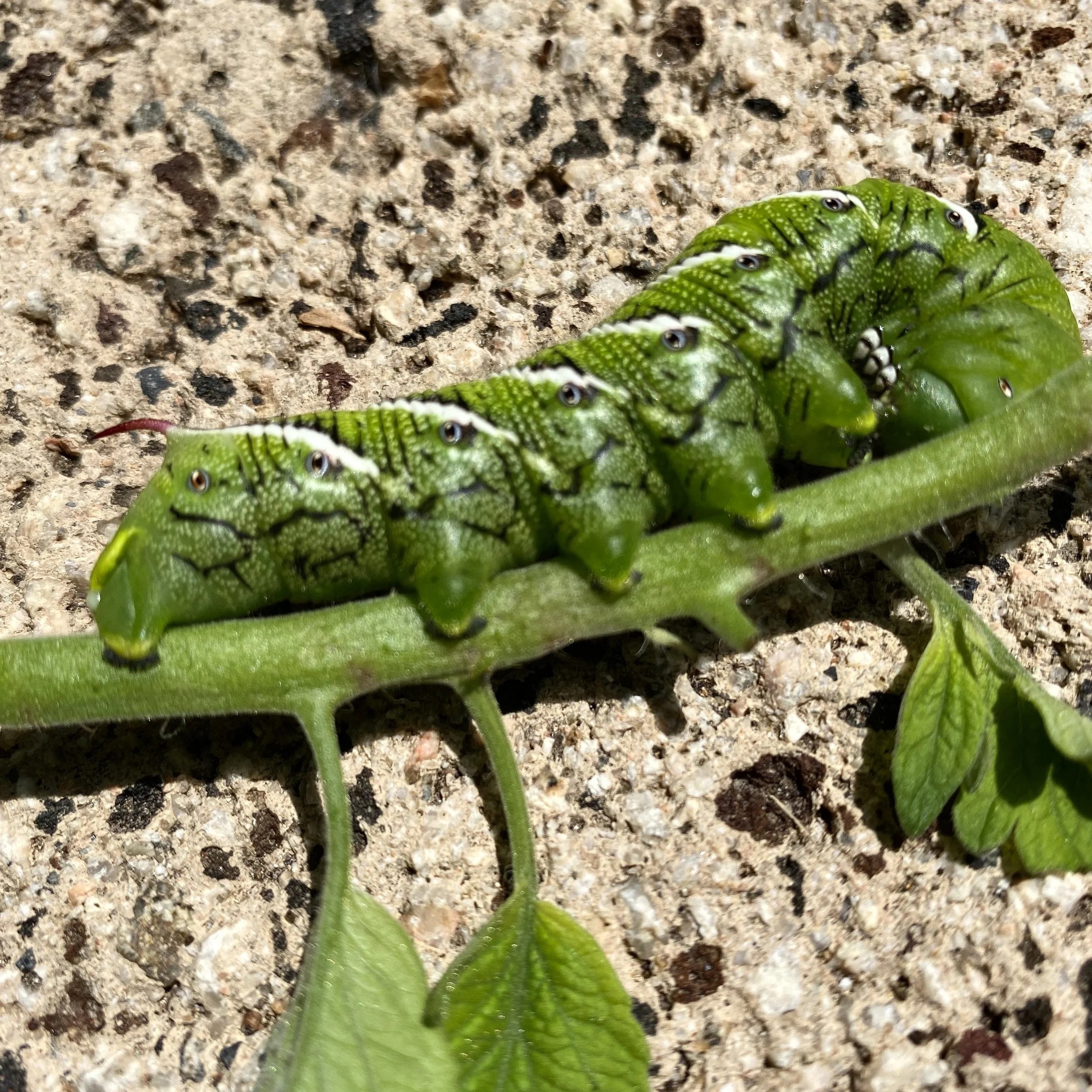Science-Based Companion Planting
Do an internet search of companion planting in vegetable gardens and you’ll unearth endless entries from garden websites and blogs. Charts abound telling gardeners which plants to place together to repel pests, enhance production or avoid antagonistic effects.
Most of this information is based on folklore or anecdotal information or maybe wishful thinking. I’ve not used such charts because, whenever possible, I like to follow evidence-based recommendations and these are hard to find.
Enter Jessica Walliser with Plant Partners, Science-Based Companion Planting Strategies for the Vegetable Garden.
Here’s a brief description of her book from the Amazon website.
Companion planting has a long history of use by gardeners, but the explanation of why it works has been filled with folklore and conjecture. Plant Partners delivers a research-based rationale for this ever-popular growing technique, offering dozens of ways you can use scientifically tested plant partnerships to benefit your whole garden. Through an enhanced understanding of how plants interact with and influence each other, this guide suggests specific plant combinations that improve soil health and weed control, decrease pest damage, and increase biodiversity, resulting in real and measurable impacts in the garden.
Listen to a podcast with the author, Jessica Walliser, at A Way to Garden or here.
Here’s something I learned from the interview that I’ll apply next year with my brassica seedlings. Flea beetle are always a problem for the young plants. Plant Partners suggests interplanting with radishes which apparently the flea beetles prefer. The radish foliage will be heavily damaged but will still produce the desired radish root and damage to the other brassicas is minimized.
The author outlines seven mains goals in partnering plants together in chapters of the book. She summarizes available research and makes application to the home garden. Check out her interview and the book.
I’ve written previously about intercropping alyssum in commercial lettuce production for aphid control. Read Flowers Replace Insecticides in Lettuce Production which explains the research by a UC Davis agricultural scientist. that led to this organic practice.








